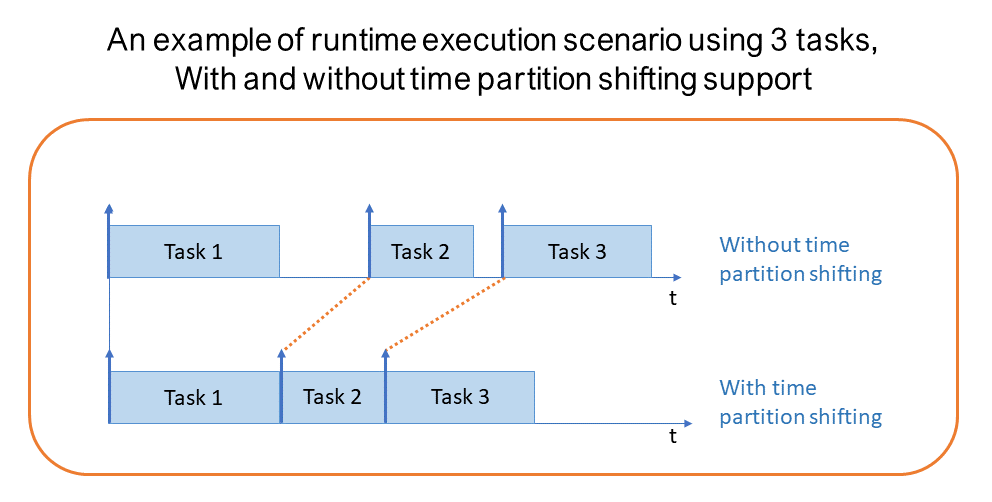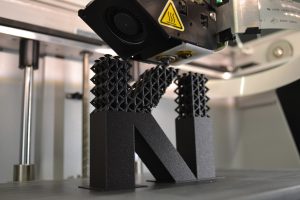ADMORPH at HiPEAC 2023 (Toulouse, France).
ADMORPH was present at HiPEAC 2023, from January 16 to 18, in Toulouse (France).
On the first day, António Casimiro participated in the MCS: International Workshop on Mixed Critical Systems – Safe and Secure Intelligent CPS and the development cycle in which he briefly presented ADMORPH and some ADMORPH work on the solutions for resilient control.
On the third day of the event we organised the WASOS: Workshop on Adaptive CPSoS, bringing together representatives from several projects in the ICT-01-2019 topic (AMPERE, Adeptness, TEACHING, UP2DATE, SELENE, CPSoSAWARE and ADMORPH), and also a representative of the COSMOS project (ICT-50-2020).
Three posters were also displayed at HiPEAC, a generic one in Collins Aerospace (ADMORPH partner) booth, and two other, featuring the Railway System use case and the Naval use case, in the conference locations dedicated to project posters.
We take this opportunity to thank colleagues from the EU Projects mentioned above, who participated in the WASOS workshop.


